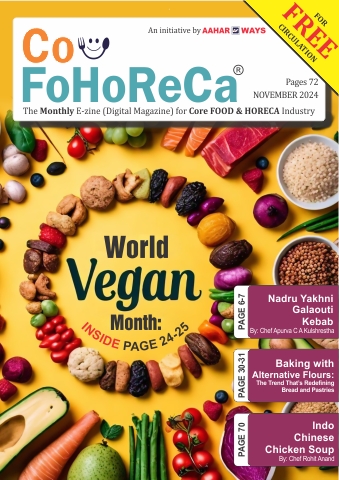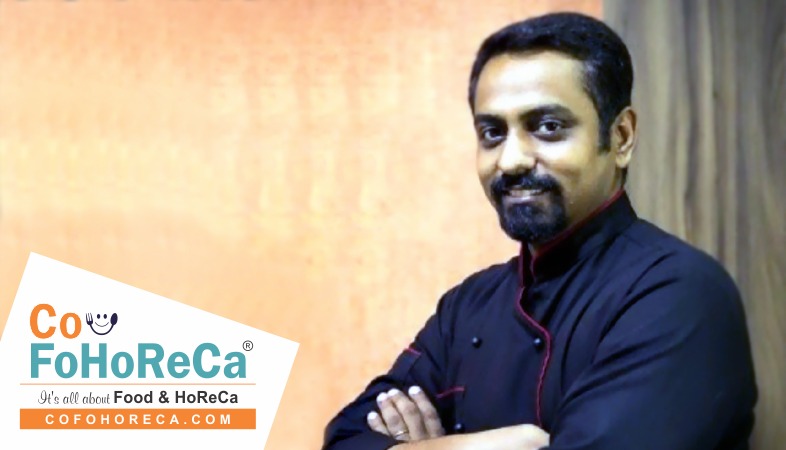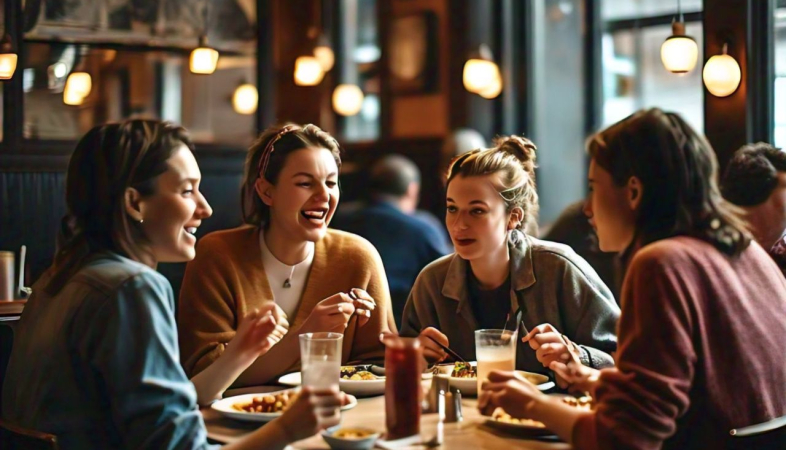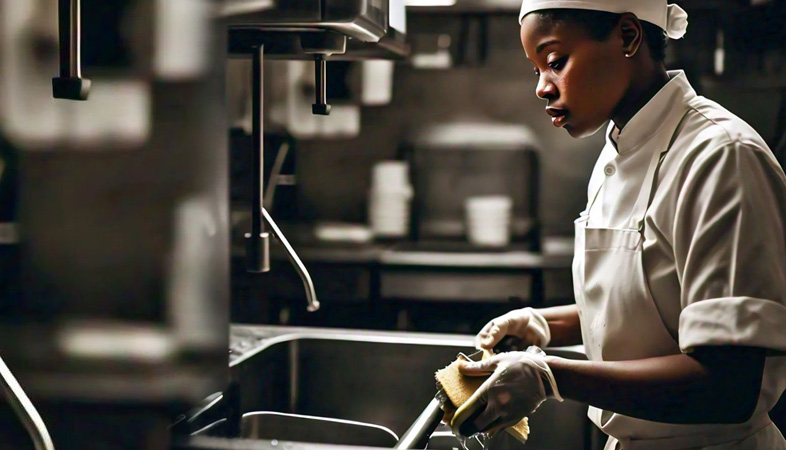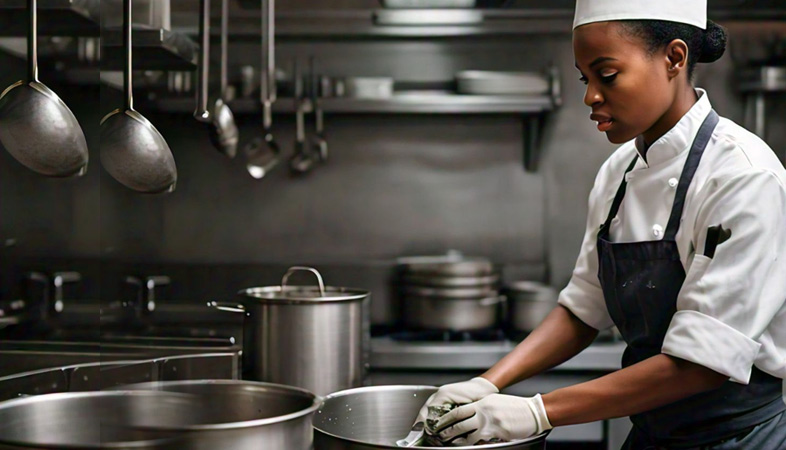The Technique of Rendering: Creating Rich Fats for Flavor Boosting
Rendering is a valuable technique for creating rich, flavorful fats that can enhance a wide variety of dishes.
Rendering is a time-honored culinary technique that
transforms animal fats into flavorful cooking oils. This process not only
preserves the fat but also enhances its flavor, providing a rich base for
various dishes. By understanding the rendering process and its applications,
home cooks and professional chefs can elevate their cooking with deeper, more
complex flavors.
The rendering process begins with selecting the right type of fat. Common sources include pork belly (for lard), beef trimmings (for tallow), and duck or goose skin (for duck fat). These fats are prized for their unique flavor profiles and high smoke points, making them ideal for various cooking applications. Using high-quality, pasture-raised or organic meats can yield superior flavors and healthier fats, ensuring that the rendered product enhances the dish without compromising on quality.
Before rendering, the fat must be prepared properly. If using larger pieces of fat, it is advisable to cut them into small, uniform cubes. This increases the surface area and promotes even melting. For skin-based fats, such as duck or goose, the skin should be trimmed of excess meat and cleaned to ensure a clean flavor. The key to successful rendering is patience; a slow, low-heat process allows the fat to melt gradually, separating it from any impurities or solid bits.
There are two primary methods for rendering fat: dry rendering and wet rendering. Dry rendering involves cooking the fat alone, allowing it to melt and release its flavorful oils without the addition of water. This method is particularly effective for fats with lower moisture content, such as pork and beef fat. In a heavy-bottomed pan or pot, the chopped fat is placed over low heat. As the fat begins to melt, it releases its oils, which can then be strained to remove any solids.
Wet rendering, on the other hand, involves adding a small amount of water to the pot during the cooking process. This method helps to prevent the fat from burning and allows for easier separation of impurities. The water will evaporate as the fat renders, leaving behind pure oil. Wet rendering is often used for duck and goose fat, as these fats tend to have a higher moisture content. The result is a beautifully flavored fat that can be used in a variety of dishes.
Once the rendering process is complete, the melted fat should be strained through a fine mesh sieve or cheesecloth to remove any remaining solids. This ensures a smooth, clean fat that can be stored for future use. Allow the rendered fat to cool before transferring it to airtight containers, which can be stored in the refrigerator or freezer. Properly rendered fat can last for several months, making it a valuable staple in the kitchen.
Rendered fats are incredibly versatile and can be used in numerous culinary applications. They serve as a flavorful base for sautéing vegetables, frying meats, and even baking. For instance, lard can add a rich, savory depth to pastries, while duck fat enhances the flavor of roasted potatoes or vegetables. Furthermore, these fats can be used to create a luxurious finishing touch for dishes, such as drizzling rendered bacon fat over a freshly grilled steak or using beef tallow to baste a roast.
In addition to their culinary uses, rendered fats offer health benefits when used in moderation. Animal fats contain essential fatty acids, vitamins, and minerals that contribute to a balanced diet. When rendered correctly, these fats can serve as a flavorful alternative to vegetable oils and margarine, providing a richer taste and texture to dishes.
As culinary trends continue to shift towards whole, unprocessed foods, rendering has gained renewed interest among chefs and home cooks. This traditional technique allows individuals to reclaim the use of animal fats while promoting sustainable cooking practices. By rendering their fats, cooks can utilize every part of the animal, minimizing waste and celebrating the flavors of high-quality ingredients.
Rendering is a valuable technique for creating rich, flavorful fats that can enhance a wide variety of dishes. By understanding the methods of rendering and the versatility of these fats, cooks can elevate their culinary creations while embracing sustainable cooking practices. Whether it's lard, tallow, or duck fat, rendered fats offer a delicious way to add depth and richness to meals, making them an essential component of any well-stocked kitchen.
.png)



